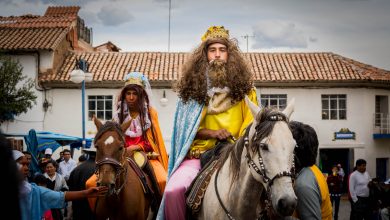The Basis of the Inca Economy: Agriculture


Agriculture was undoubtedly the most important economic activity of the Incas, even in coastal areas where fishing also played an important role.
In the Inca period, money was not known; for their transactions they used the barter system, which was a system through which the population of Tawantinsuyo, The Inca Domain, exchanged agricultural and livestock products with one another.
The Inca society revolved around the land; it was seen as a source of life. The Incas made it divine with the name of Pacha Mama (Lady Earth).
Water also played a very important role for agriculture. It was a deity known in the Quechua language as Unu or Yaku and together with the land solved the problem of food in the Inca times. In many places there was no water. Such is the case of the coast. But progress and Andean technology overcame all these difficulties. The Incas perfected hydraulic works, including canals, aqueducts, wells, and reservoirs that allowed them to take advantage of the water of the rivers, the subsoil and the rains to be able to cultivate the desert.
The mountainous terrain where most of the population of the empire lived was cultivated through the construction of innumerable platforms or terraces. These allowed people to use the slopes of the Andean mountains. These giant stairs, erected on embankments with stone walls, prevented that the rains from eroding the earth and their crops to the bottom of the valleys.

In these agricultural terraces, up to three harvests per year could be obtained, the most important crops being corn, potatoes, cereals such as: quinoa, kiwicha, cañihua, sweet potato, olluco, yucca, and more. They also grew a great variety of medicinal plants like coca, plantain, maca, etc. Of all these products, coca and corn were considered sacred products, widely used during religious ceremonies.
There were three types of platforms, the platforms that were in the base, were not used for cultivation because they were platforms of support. The platforms of the upper part according to their location and height were used to plant different products and, the platforms of the Top, were ornamental platforms, where they planted different flowers like the flower of the cantuta, considered today the national flower of Peru and one of the most important ceremonial flowers of the Inca period.
Inca organization led to agricultural activity at its highest level. A greater extension of land was cultivated compared to the present. The Incas relied on agricultural works and techniques from previous times, but on a larger scale and with a sense of imperial economy .
In order to be able to make large-scale agriculture possible, the Incas used various techniques in the most important of which we can mention:
• Construction of canals, reservoirs, wells.
• Construction of artificial ponds and lakes.
• Construction of staggered platforms in the hills.
• Improvement of cultivation tools using bronze, for example, the use of the chaquitaclla, which is a pointed stick, with a somewhat curved tip, sometimes made of stone or metal. Before the point, this tool had another cross stick and the farmer leaned his foot on it to sink it into the ground and then turn the earth.
• Use of natural fertilizers for the land such as seabird guano and camelid manure, to increase the productivity of the land.
• Construction of agricultural experimentation centers such as Moray.
Without a strong and efficient agriculture that can be developed with the resources that we have, we cannot hope to sustain and raise the population’s food that still depends so much on importing products from other countries.
[mnky_ads id=”28246″]



